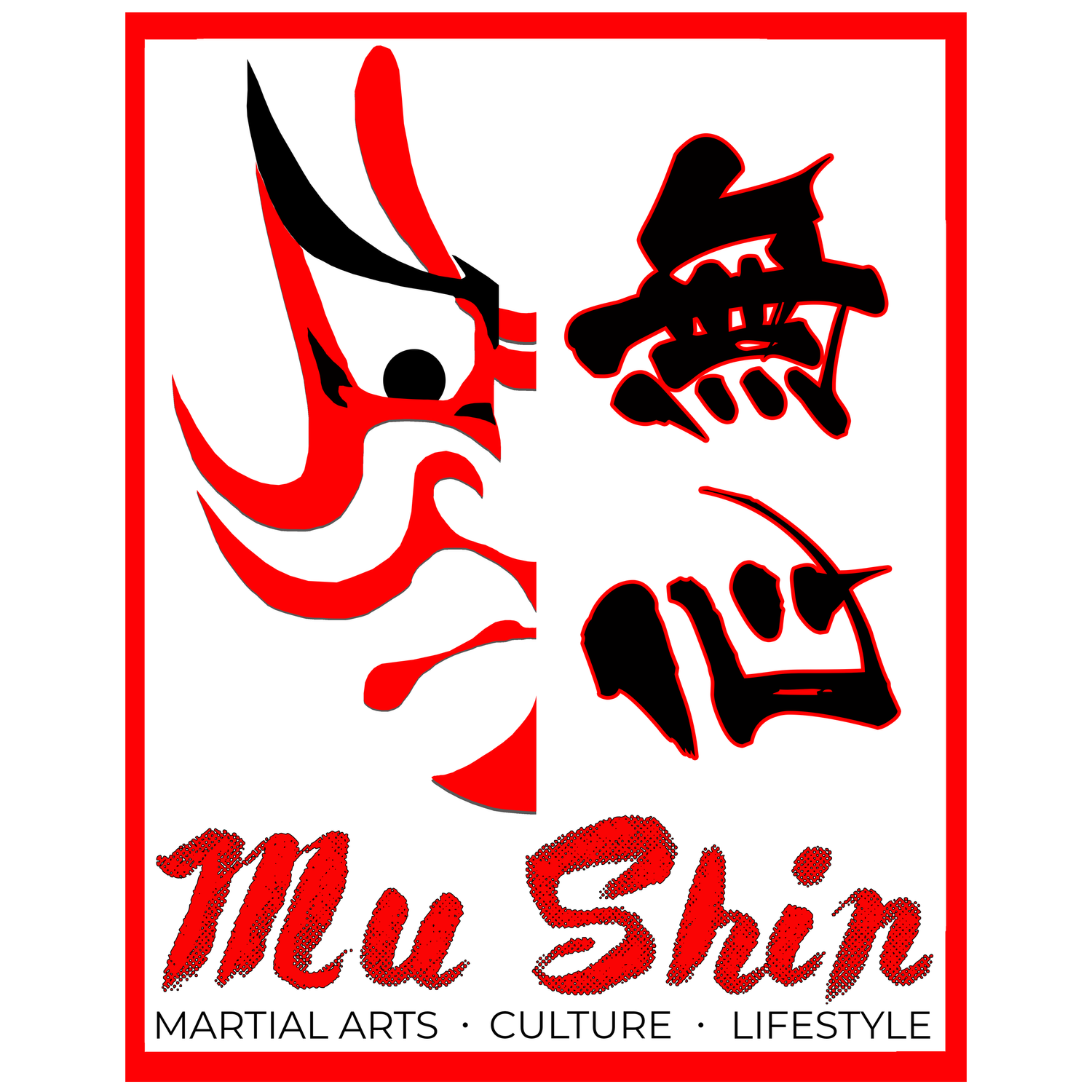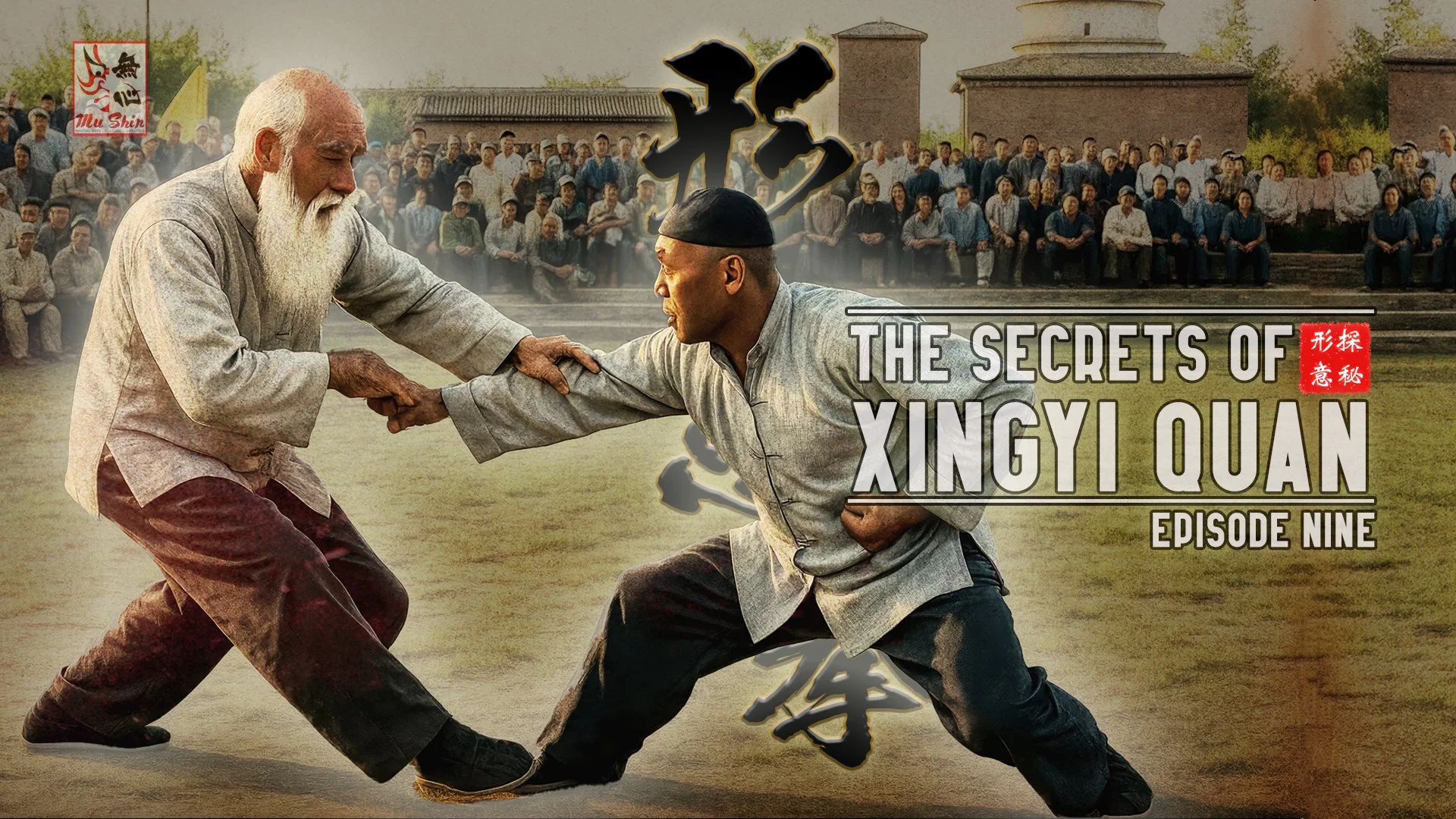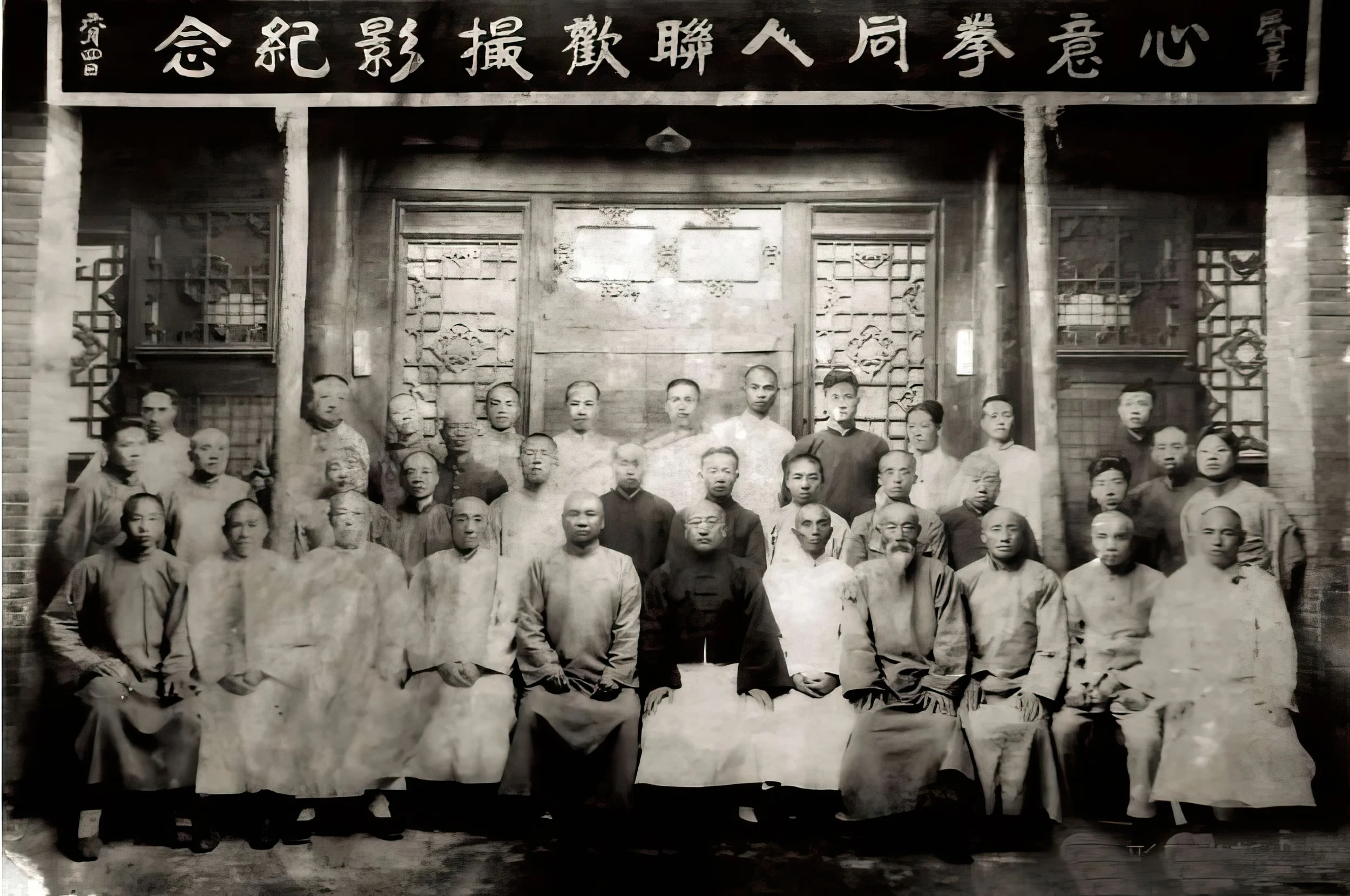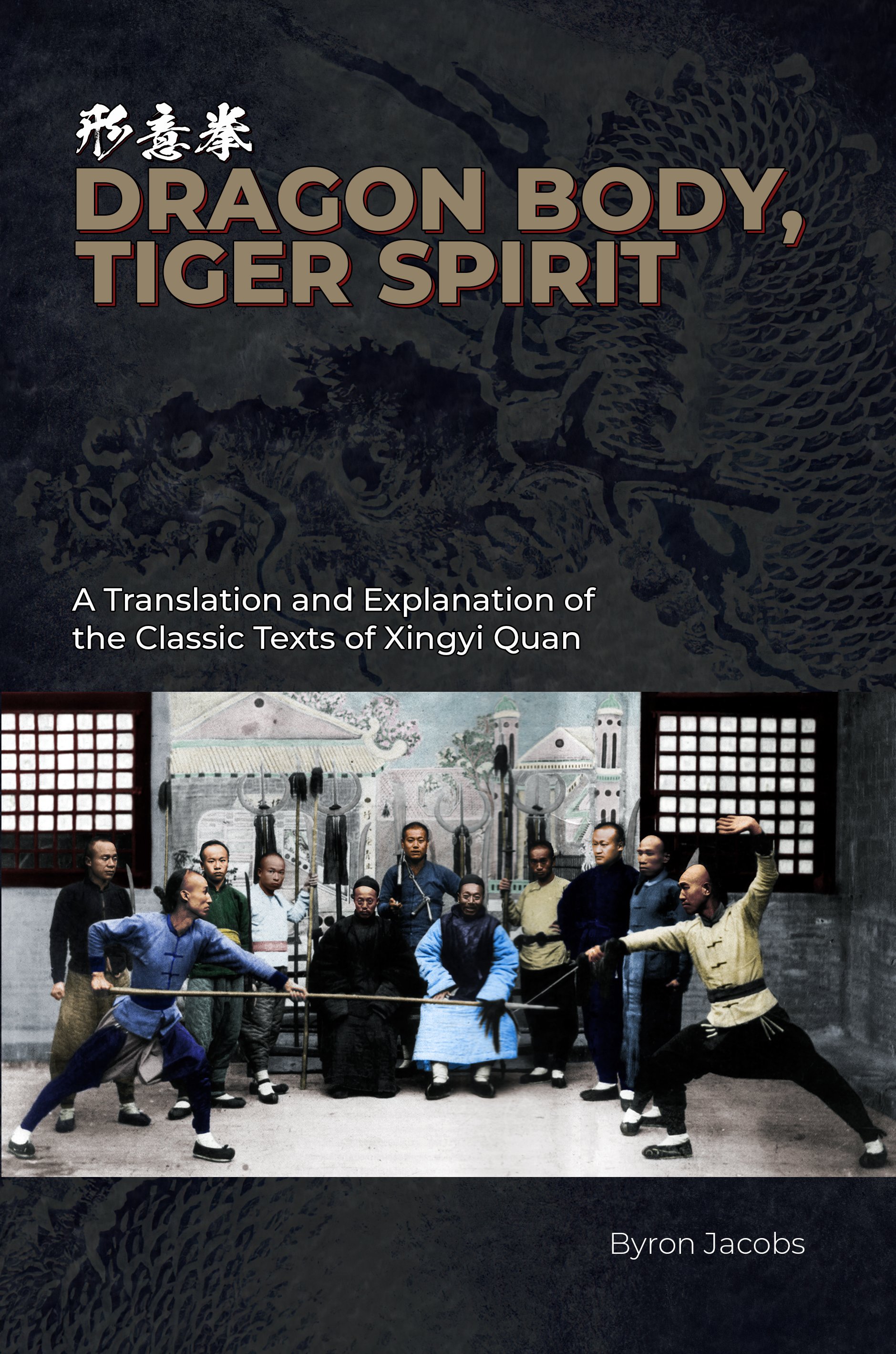Zhang Yongyi (张永义) An Oustanding Inheritor of Shanxi Xingyi Quan
Zhang Yongyi
The ninth installment of The Secrets of Xingyi Quan series marks a transition into the early “New China” era and the major social shifts that influenced Chinese martial arts throughout the 20th century. Among the figures appearing in Episode 9 is Zhang Yongyi (张永义) who was a highly respected Shanxi Xingyi practitioner whose life story embodies the evolution, resilience, and transmission of traditional Xingyi Quan through periods of profound national upheaval.
Zhang’s biography provides a valuable historical window into the continuity of the Che Yizhai lineage, the martial culture of Taigu County, and the lived experiences of practitioners whose dedication preserved Xingyi Quan into the modern age.
What follows is a complete, polished translation of Zhang Yongyi’s biography from an anonymnous Chinese source, presented to give modern readers a fuller understanding of his place in Xingyi history.
The Secrets of Xingyi Quan - Episode Nine
Biography of Zhang Yongyi (张永义)
Zhang Yongyi, courtesy name Dequan (德权) and childhood name “Lao Ba” (Old Eighth), was born in Jingshen Village, Taigu County, Shanxi Province on June 28, 1895, and passed away in the winter of 1981 at the age of 87. During his lifetime he served as chairman of the Taigu County Martial Arts Association and came to be known as an accomplished and highly skilled master of Xingyi Quan (形意拳).
Born into a poor peasant household, Zhang received only two years of formal schooling. Nevertheless, from an early age he displayed robust physical strength and an innate enthusiasm for martial arts. During the early Republic period, Taigu’s martial culture was thriving. A chance encounter while watching practitioners train at the home of Guo Yushan in Taigu’s Shangguan Lane deeply inspired him and led to his decision to commit himself fully to training.
In 1912, Zhang left his village to work at the “Tong Xing Yi” grain and flour shop in Taigu. The following year, while employed as a farmhand in Xincun, he met a martial artist surnamed Liu from Taiyuan, from whom he learned foundational skills and simple routines. Later, upon hearing of the skill and reputation of the celebrated Xingyi master Bu Xuekuan (布学宽), he sought formal instruction.
Introduced by Qiu Fengmin (a disciple of Li Fuzhen) and Yang Wanchun (a disciple of Bu Xuekuan), Zhang underwent a formal discipleship ceremony at the Deshengyuan grocery store in Shuixiu Village, Taigu. The ceremony was attended by sixty to seventy martial colleagues and seniors, this being testament to the esteem in which Bu was held. This occurred around 1920, the ninth year of the Republic.
From the moment he entered Bu Xuekuan’s school, Zhang upheld every disciple’s responsibility with utmost respect. Through hard work, humility, and careful guidance from his teacher, he progressed rapidly. Zhang possessed exceptional ability to imitate and internalize movement, grasp theoretical principles, and refine body method. He soon distinguished himself within the Taigu martial community as a practitioner of remarkable skill and integrity.
In 1929, Zhang accompanied Bu Xuekuan and senior disciple Song Tielin to the Shanxi Provincial Martial Arts Competition in Taiyuan. Performances from renowned martial artists of the era were featured. Zhang demonstrated “Xingyi Mixed Fist Routine” (Xingyi Za Shi Chui 形意杂式捶) with deep foundational strength and clear structure, gaining widespread admiration and recognition for the Bu lineage. His fighting ability earned him a reputation as Bu Xuekuan’s most outstanding disciple and the master’s “great disciple.”
Photo of Shanxi Xingyi (Xinyi) Practitioners taken in 1934. Zhang Yongyi is seated in the front row, second from the left.
Martial Skill and Specialties
Zhang not only preserved the flavor and characteristics of Bu Xuekuan’s Xingyi Quan but also refined and expanded them. His training was characterized by:
precise structure
expansive but correct postures
a balanced rhythm of stillness and motion
powerful issuing force
natural and integrated body method
He excelled across the full range of Xingyi practice: solo routines, paired sets, and weapons. His strengths included Five Elements and Six Forms, Mixed Fist Routine, the Six Harmonies Saber, Dragon Shape Sword, and Yi De Spear.
Zhang was particularly adept at paired routines. When performing the “Wu Hua Pao - Five Elements Cannon,” “An Shen Pao - Close-Body Cannon,” or “Jiu Huan Tao - Nine Linked Sets” with his disciple Liang Huanzhang, their timing, structure, and coordination were exemplary. These demonstrations became widely respected as models of superior two-person Xingyi technique.
In fighting skill, Zhang inherited Bu’s well-known “Lion Swallowing Hand” (Shi Tun Shou) and excelled in explosive, varied handwork. He was especially famous for his Tiger Shape, including the Linked Tiger Shape and executed these with refined subtlety. In the early 1950s, while visiting Beijing with his teacher at the invitation of local martial artists, Zhang reportedly used the Tiger Shape to throw a well-known Qigong master more than ten feet—an event that quickly spread through the capital’s martial circles.
Transmission and Influence
Throughout his life, Zhang trained many disciples across two generations. His primary students included:
Guo Huanzhang
Du Shixiu
Wang Congyi
Zhang Shouren
Ren Zihua
His second-generation grtand-disciples—many of whom trained directly under him—included:
Cheng Denghua
Sun Pihua
Meng Xianji
Wu Guangren
Xue Guicheng
Shen Guangdong
Li Tailiang
Yuan Changrang
Zhuang Yuanxiu
A memorable moment came during the 1957 Shanxi Provincial Martial Arts and Wrestling Games held in Taigu, when three generations of his lineage—Zhang Yongyi, Liang Huanzhang, and Cheng Denghua—participated together, earning widespread praise. Zhang later frequently served as a judge in provincial competitions, contributing significantly to the development of martial arts in Shanxi.
Master Bu Xuekuan
Professional Career in Turbulent Times
Before 1949, Zhang made his living entirely through martial arts:
as a bodyguard
as a security chief
and as an instructor
Beginning in 1926, he served as a martial arts instructor for the Taiyuan People’s Militia. In 1930, he taught martial arts within Yan Xishan’s army and traveled with military units during campaigns in Shandong. Later he worked as a bodyguard in Shandong, returned to Taigu in 1933 to teach with Bu Xuekuan at Mingxian School, and subsequently instructed security forces in various districts of Shanxi.
With the outbreak of the Marco Polo Bridge Incident in 1937, Zhang worked as a security guard for the Renshu Hospital and Beilu School in Taigu, and later as a bodyguard for the Central People’s Bank of Taiyuan. By the founding of the People’s Republic of China, he was nearly sixty and returned home to retire.
Post-Liberation Contributions
After Liberation, martial arts training expanded under government support. In 1954, Zhang was hired as an instructor at the Shanxi Provincial First Cadre Sanatorium, where he taught Taiji Quan, health exercises, and Xingyi Quan for seven years, contributing to the rehabilitation and well-being of revolutionary soldiers.
Beginning in 1962, he served as an amateur instructor under the Taigu County Sports Committee, further promoting local martial arts. In 1976, at age 82, he left the committee to work as a gatekeeper at the 549 Factory School, continuing to teach and mentor students with humility and diligence. His dedication earned universal respect.
Character, Virtue, and Legacy
Zhang Yongyi was known for upstanding personality, honesty, and dignity. He deeply revered his teacher Bu Xuekuan’s martial virtue (wude 武德) and modeled strict discipline for his students. As a result, his lineage became characterized by diligence, integrity, and a strong sense of social responsibility.
In 1980, after finishing his morning training, Zhang slipped and fractured his hip while walking home. He never fully recovered and passed away in the winter of 1981. More than one hundred disciples accompanied his coffin for twenty li (~10 km) back to Jingshen Village. Crowds filled the southern streets to bid farewell, mourning the passing of a highly respected elder of Taigu’s martial arts community.
For readers interested in deeper historical context, theoretical foundations, and the classical literature that shaped masters such as Zhang Yongyi, my book “Dragon Body, Tiger Spirit – A Translation and Explanation of the Classic Texts of Xingyi Quan” offers a broader framework for interpreting these biographies and their technical significance. The book also features an extensive biographies section, covering many of the art’s prominent practitioners.





